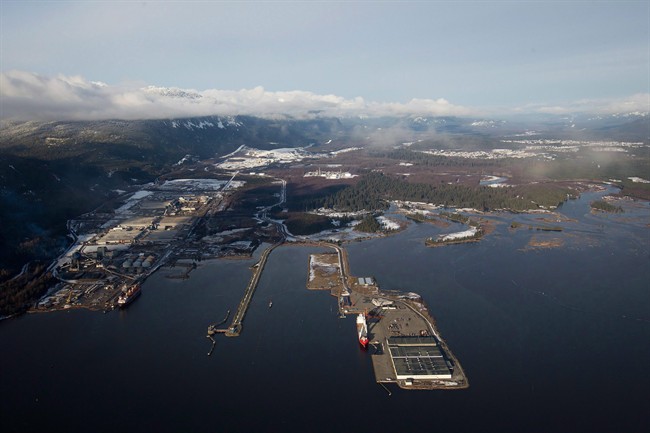British Columbia’s rejection Friday of the Northern Gateway project (or its current incarnation, anyway) is a victory for grassroots opposition and a cautionary tale for the pipeline giant behind it.

Enbridge, Inc. has admitted the virulent opposition to the proposed 1,177-kilometre pipeline took it by surprise. And as it launches a charm offensive in its push to reverse and widen a pipeline on the other side of the country, the company’s trying to ensure it doesn’t make the same mistake again.
“I think its fair to say that we didn’t expect the intensity to the degree that we are now seeing,” spokesman Todd Nogier said back in February. “We have to tell our story better.”
On Friday, the B.C. government said it can’t support Northern Gateway as is. That verdict isn’t entirely unexpected: Premier Christy Clark has made clear for months she isn’t comfortable with the project. The province will be presenting its argument at a Joint Review Panel hearing in mid-June.
B.C. Environment Minister Terry Lake said the province’s rejection is in part because it saw “little evidence” on how Enbridge would respond to spills on the proposed pipeline.
According to numbers obtained by Global News, Enbridge has had nine pipeline failures in Alberta since 2001, spilling more than 8,700 barrels of crude oil. But that doesn’t include spills from pipelines that cross provincial or international borders. (The Canadian Energy Pipeline Association, of which Enbridge is a member, says that there were 0.175 incidents per 1000 km of transmission pipelines in 2011, the most recent data available on its website.)
Read: A Global News investigation into 37 years of Alberta oil spills
Nogier said in February the company would “continue to have conversations with the federal government” regardless; he also noted that Northern Gateway represents a “fairly small sliver” of revenue for Enbridge.
“One of the things that came out of the consultation process around Northern Gateway was the inherent ability of people in various locations to share information very quickly,” says Ken Hall, an Enbridge spokesman based in Ontario. He’s now tasked with selling people on its proposal to reverse the flow and increase the capacity of its 639-kilometre Line 9 pipeline running from Sarnia, Ont. to Montreal. Its route includes the Rouge Valley east of Toronto, just recently named a national park.
Hearings for that will likely start around October, with about 170 interveners preparing to present.
The B.C. government’s position “gives us hope and confidence in our success opposing fossil fuels,” said Sierra Club executive director John Bennett. “We will certainly increase our efforts to oppose line nine and point to the B.C. decision to encourage Ontario and Quebec opposition.”
Enbridge is hoping for a decision by year’s end.
In the meantime, the company’s conducting a series of “open house” events and panels in communities across Eastern Ontario (they’ll be in Toronto next week).
“We’re trying to be as open and transparent as possible on the project. It’s keeping me very, very busy,” Hall said.
“On everything Enbridge is doing across North America, we’ll learn from what’s been encountered with the Northern Gateway project, for sure.”
Read: British Columbia’s stance on Enbridge’s Northern Gateway Project


Comments